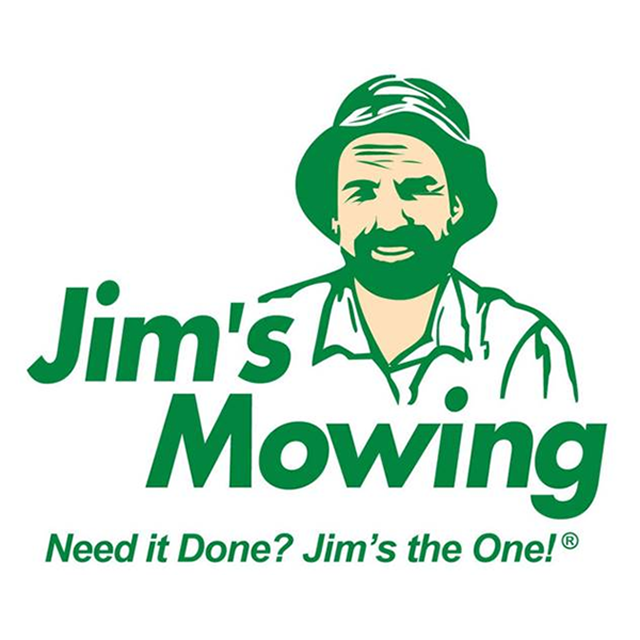How to Make Compost
How to Make Compost
A reliable composting system will consume all of your food scraps and garden debris, providing you with one of nature’s most trustworthy allies. Compost feeds your garden’s soil, in turn feeding your plants.
Your compost will be more nutritious when you utilise a more diverse mix of materials. The most imperative factor is ensuring you have the right balance between green (wet and nitrogenous) and brown (dry and carboniferous) materials. Overusing brown material will result in a dry mix that won’t brea down. Conversely, too much green material will result in wet, stinky sludge.
The ideal matter ratio is 10:1, carbon (dry): nitrogen (wet). Carboniferous matter soaks up any excess moisture from nitrogenous matter. Nitrogenous matter heats up the compost, aiding its breakdown.
Compost does much more than simply provide nutrient. It plays a vital role in building and maintaining the soil’s structure. Poorly structured soils, such as sand and clay, will drain too quickly or not at all. By regularly adding compost you will gradually transform uncooperative soils into friable loam with the capability of storing moisture. It will also allow a free passage of air, nutrients and water. Once the soils begin to improve, helpful soil organisms will start to repopulate the garden, enhancing the soil’s chemistry to produce a more balanced composition with the ability of containing a greater variety of plants.
Composting is a simple, cost-efficient way to improve your garden. All you require is space for a bin – a simple plastic bin for smaller gardens or larger, three-compartment wooden structures for large gardens.
Tips for Composting
- Don’t add: Weed seeds, faeces, fish, meat, dairy products, oil or fat products, large bones, diseased plant material, hard to kill weeds (e.g. onion weed, wandering Willie) or disposable nappies.
- Do add: Green material including animal manure, grass clippings, green garden prunings, food waste, weeds. Brown matter including wheat, straw, paper, wood chips, sawdust, dry leaves, stalks and branches.
- Utilise compost activator and regularly turn the heap to quicken its process.
- Add dry ingredients (egg cartons or shredded newspaper) if the compost moistens and becomes smelly.
- Spread kitchen waste across the entire heap to allow moisture to escape the mix.
Rake and Save Your Leaves
The leaf litter from your garden will rot down and enhance the soil, the same as it will in nature. However, thick layers of rotting leaves are bad for lawns and defeat the purpose of driveways, patios and paths. Rake up any fallen leaves to maintain lawn health. It is also important to remove leaves from succulents and ground covers (leaf blowers are great for this).
Decaying leaves are perfect for your compost heap. If you don’t have a compost heap, simply bag your leaves and allow them to break down into a nutrient-dense organic matter (“leaf mould”) for your garden. Another great way to hold leaves is to create bins from chicken wire wrapped around a circle of solid stakes. You can also shred them with your lawnmower for mulch around shrubs and trees.
The 5 Simple Steps of Composting
- Lay coarse, loose twigs or small branches on the soil.
- Add a 15 – 20cm deep layer of green material.
- Add a 50cm deep layer of brown matter.
- Sprinkle over blood and bone or compost activator.
- Repeat these steps until your bin is full and turn frequently to allow aeration.
